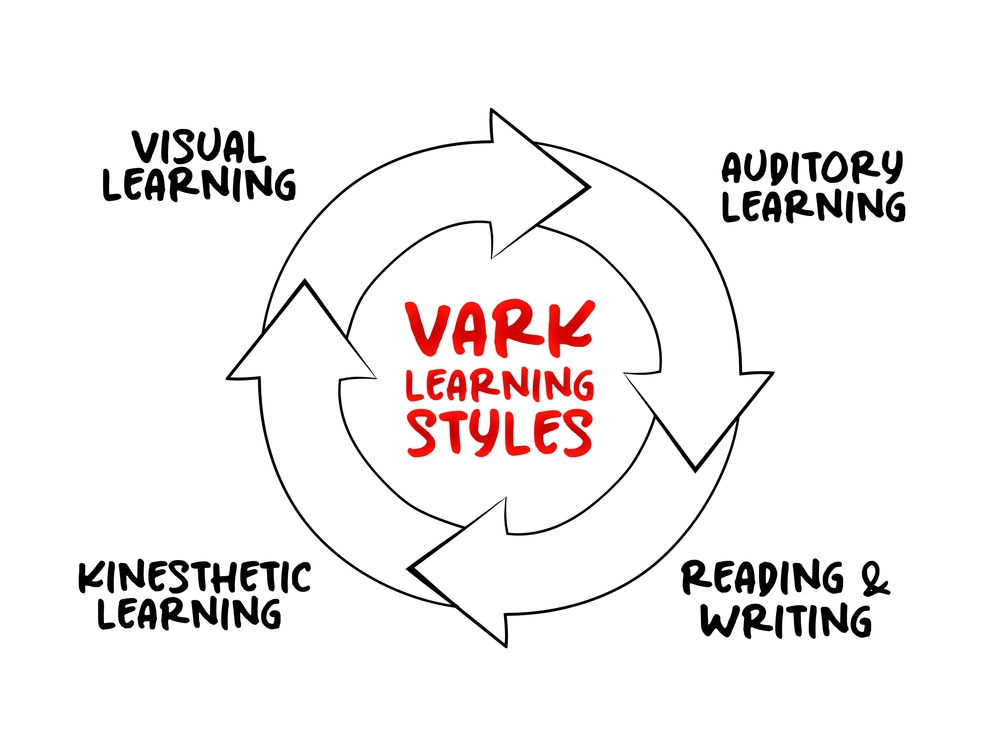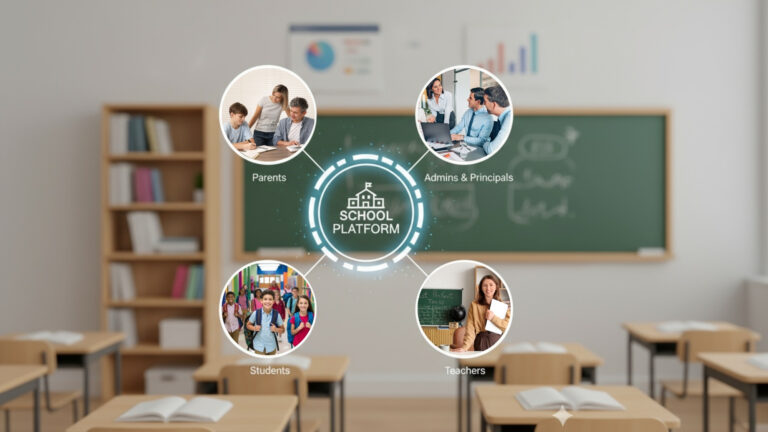Each and every student experiences the surrounding world differently, and with that comes different and unique ways students learn best. As educators, it is crucial to understand these different types of learning styles as they drastically impact learners’ outcomes and learning curves. Educators must carefully consider these different learning styles in handling their students and planning their lessons to cater to students’ learning styles. But, what happens if educators do not fully understand and acknowledge these different ways of learning? They might end up with a number of students lagging behind their classmates, simply because their unique learning style hasn’t been activated yet.
A teacher’s responsibility is to adapt their lessons to meet the unique needs of each group of students. Students learn best when their teachers cater to their strengths, ensuring that they grasp the concepts.
So, which types of learners do you have in your class, and how do you meet their needs? In this blog, we will outline the four types of learning styles and how teachers can cater to these styles in the classroom, and how an LMS can foster the whole learning process.
Learning Styles
An individual’s learning style refers to their preferred way of learning new content. When teaching a group of students, you might find that some of them prefer to watch a demonstration, others prefer talking about the material, and still, others prefer taking a hands-on approach. Understanding the differences between learning styles and how to appeal to each is key to creating excellent training.
Learning styles and preferences vary from one person to another—not everyone fits into one category. However, here are some of the most common types of learners:
1. Visual learners
How to recognize visual learners in your class: Visual learners are students who process information better when it’s presented in a visual way, such as through pictures, diagrams, written directions, and more. This is also referred to as the “spatial” learning style. These are the doodling students, list makers, and note-takers.
How to cater to visual learners: If you’re teaching a group of visual learners, the whiteboard or smart board is your best friend. Let students draw pictures and diagrams on the board, or ask them to doodle examples based on what you’re talking about. Visual learners may also need more time to process material, so give them some time and space to absorb what they’re seeing.
2. Auditory Learners
How to recognize auditory learners in your class: Auditory learners often learn best when they can hear their teacher talk about the subject matter. They tend to prefer listening to lectures over reading notes, and they may try to reinforce new concepts by repeating them out loud. These students are great at verbally describing things and tend to be slower readers than other types of learners.
How to cater to auditory learners: Because these students tend to be talkative and easily distracted, get them involved in the lecture by asking them to repeat new concepts back to you. Ask questions and let them answer. Group discussions are helpful for auditory processors. Watching videos and listening to music can also be helpful for this group.
3. Read/Write Learners
How to recognize read/write learners in your class: According to the VARK Modalities theory developed by Fleming and Mills in 1992, reading/writing learners prefer to learn through written words. Visual learners, on the other hand, prefer to learn through images—for example, charts or graphs, photographs or paintings. These kinds of learners are drawn to writing and reading, especially for self-expression. They like to look up words in the dictionary and search the internet for information.
How to cater to read/write learners: Since much of the traditional educational system relies on essay writing, research, and book reading, students with a preference for this style of learning are generally easy to cater to. However, be sure to let them have enough time to absorb information through the written word and give them opportunities to express their ideas on paper as well.
4. Kinesthetic learners
How to recognize kinesthetic learners in your class: Students who learn through movement and touching are called kinesthetic learners. They might have trouble sitting still and often excel at sports or like to dance. Students may need to take more frequent breaks when studying for long periods of time.
How to cater to kinesthetic learners: To help these kinesthetic students learn, teachers should get them moving. Encourage students to move around the classroom and try acting out a certain scene from a book or lesson you’re teaching. Also, try incorporating movement into lessons: have students pace to help memorize, play learning games that involve moving around the classroom, or have students write on the whiteboard as part of an activity.
Personalized Learning
It’s important to understand that no one learning style is better than another, and there is no “one-size-fits-all” approach to learning. By identifying a child’s primary learning style, teachers can work with them on an individual basis to ensure they are receiving the best possible educational experience.
Learning Management Systems as a Tool for Personalization
A teacher’s mission is to adapt their lessons to better meet the needs of their students, but this can be overwhelming and time-consuming. So, what if teachers have a tool that can help them share learning materials that help their learners tap into their deepest potential? With an LMS like Skoolix, teachers can easily share materials with their students in just a few minutes which will eventually improve learning outcomes.
BONUS: Download the VARK Questionnaire here, and share it with your students to answer so that you can get more insights on their preferred learning styles.





